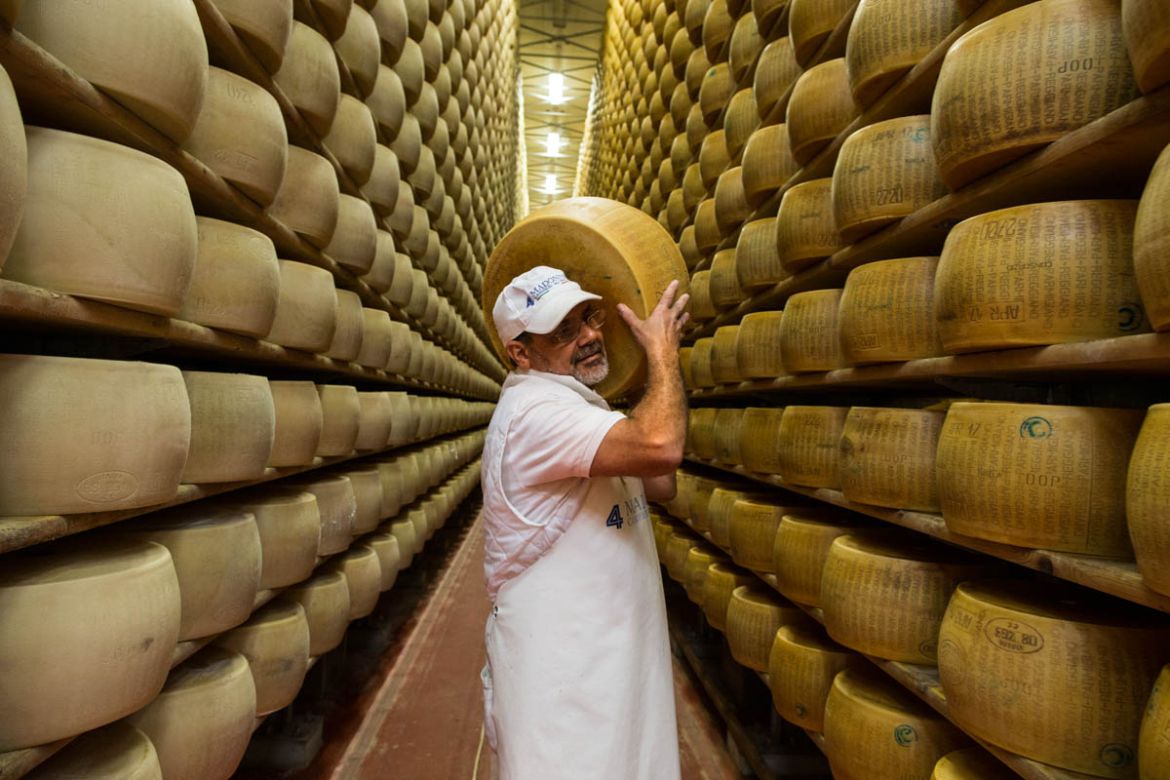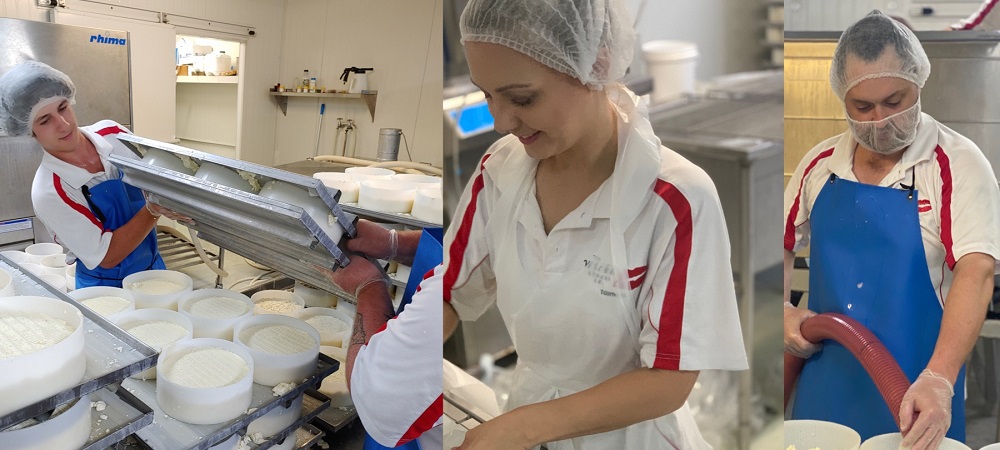Unlocking the Secrets of Artisanal Cheese Making: A Detailed Do It Yourself Guide
In the world of cooking craftsmanship, artisanal cheese making stands as a testament to the fragile equilibrium between custom and technology. Each step in the process, from picking the right milk to improving aging techniques, holds within it a riches of expertise gave through generations. As we begin on this trip to debunk the art of developing charming cheeses, we are encountered with a tapestry of abilities and secrets waiting to be unraveled. Join us as we check out the intricacies of this old craft, where science, persistence, and art converge to produce flavors that tantalize the senses.
Choosing the Right Milk
When beginning on the trip of artisanal cheese production, the option of milk plays a crucial role in identifying the quality and qualities of the final product. The sort of milk selected impacts the flavor, appearance, and on the whole account of the cheese. Raw milk, directly from the animal, is preferred by many artisanal cheesemakers as a result of its one-of-a-kind mix of enzymes, germs, and flavor substances. Using raw milk comes with regulations and threats, making pasteurized milk a safer choice for newbies.
Additionally, the resource of the milk, whether from cows, goats, sheep, or buffalo, contributes distinctive tastes and qualities to the cheese. Each kind of milk brings its very own subtleties, allowing for a broad variety of cheese selections to be crafted based on the chosen milk.
Culturing and Coagulating
To launch the cheese-making process, the vital actions of culturing and coagulating must be thoroughly carried out to change milk right into curds and whey. Culturing entails presenting beneficial bacteria to the milk, which then begins the fermentation process. These bacteria convert lactose (milk sugar) into lactic acid, creating the acidic environment necessary for coagulation. The kind of society made use of can dramatically impact the flavor, appearance, and ripening of the last cheese product.

The timing and temperature level control during culturing and coagulation are critical factors that influence the last outcome of the cheese. Appropriate implementation of these actions is important to guarantee the wanted structure, taste, and uniformity of the artisanal cheese being produced.
Draining Pipes and Pressing Curds
After the milk healthy proteins have coagulated and the curds have actually been cut to launch whey, the next critical action in artisanal cheese making includes draining and pressing the curds to attain the preferred appearance and consistency of the last cheese product. Draining pipes is the procedure of separating the curds from the whey. This can be done by moving the curds into a cheesecloth-lined colander or mold and Melbourne Made Cheese mildew and enabling the whey to drain pipes off naturally. The moment for draining can differ relying on the kind of cheese being made and the desired wetness content.
Pressing assists eliminate any staying whey and compacts the curds to develop a solid cheese wheel. Proper pressing and draining are important steps that considerably affect the quality and qualities of my latest blog post the artisanal cheese being produced.
Aging and Flavor Strategies
Executing thorough aging and flavoring strategies is critical in boosting the depth and complexity of artisanal cheeses, boosting their taste profiles to charming degrees of refinement and elegance. Aging plays a crucial function in creating the distinct tastes and appearances that differentiate artisanal cheeses.
Flavoring methods additionally contribute considerably to the last preference of artisanal cheeses. Cheesemakers may select to present extra tastes by incorporating components such as natural herbs, seasonings, or even fruits into the cheese throughout the manufacturing process. Furthermore, some cheeses are cleaned or massaged with various liquids, such as salt water or alcohol, to boost their flavors and structures.
Covering and Saving Cheeses

Final Thought
In verdict, understanding the art of artisanal cheese making includes meticulously selecting the ideal milk, adhering to accurate culturing and coagulating procedures, draining and pressing curds efficiently, and using numerous aging and flavor strategies. Bear in mind to wrap and keep your cheeses appropriately to ensure ideal flavor and structure advancement.
Each kind of milk brings its very own subtleties, enabling for a vast range of cheese ranges to be crafted based on the selected milk.After the milk healthy proteins have coagulated and the curds have been reduced to launch whey, the following crucial step in artisanal cheese making includes draining pipes and pushing the curds to achieve the preferred texture and consistency of the final cheese item. The majority of cheeses should be covered in wax paper or cheese paper to permit them to take a breath while securing them from drying out. For cheeses that require to proceed aging, such as bloomy rinds or washed skins, ensure they are stored in an awesome atmosphere like a cheese cavern or a fridge set to the proper temperature. By paying interest to the wrapping and storage space of artisanal cheeses, cheese manufacturers and lovers can preserve the integrity of these delicacies and totally appreciate their complicated flavors.